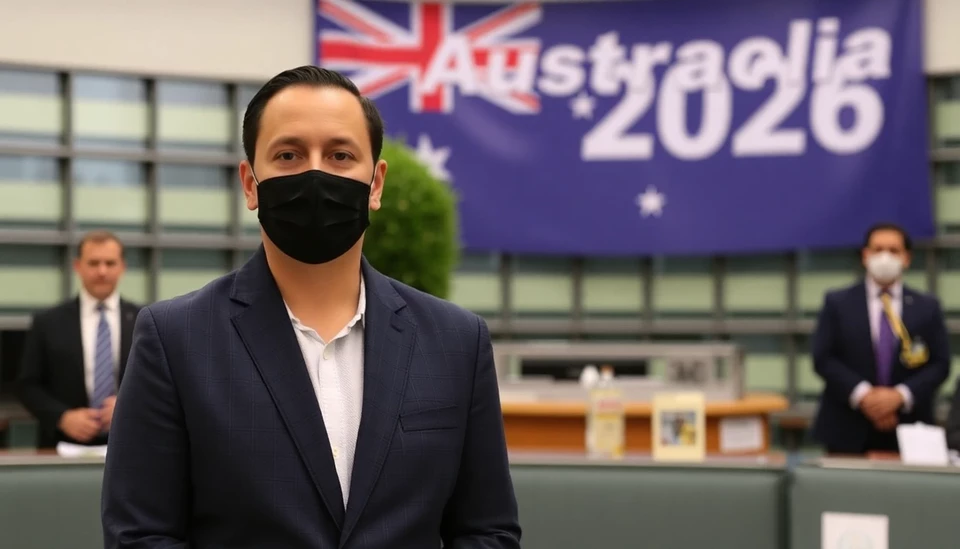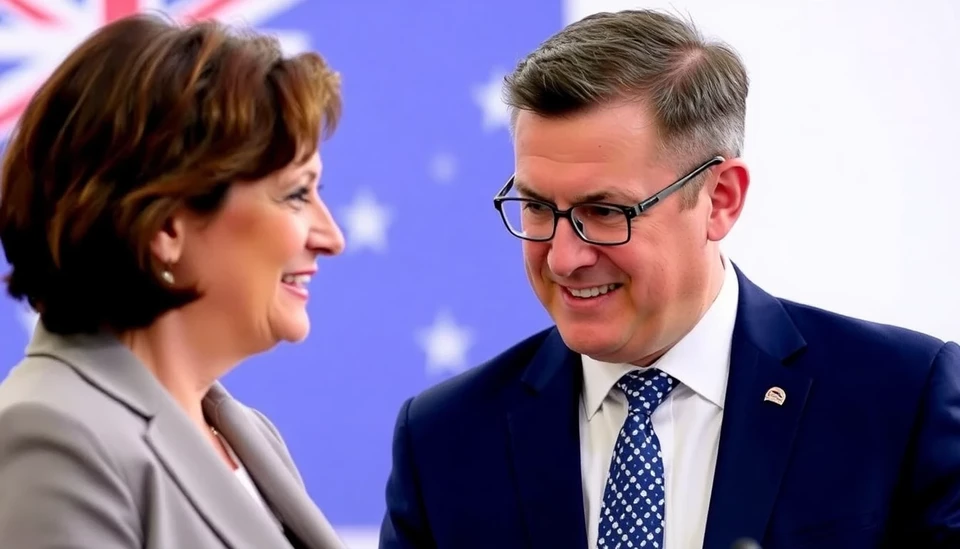
As Australia approaches its 2025 federal election, immigration policy has emerged as a pivotal issue, heavily intertwined with the ongoing housing crisis. Next year’s vote is likely to center around how political parties plan to address the surge in population driven by immigration and the subsequent impact on housing availability and affordability.
Recent data indicates that Australia is facing a significant influx of new residents, with immigration levels reaching unprecedented highs. While this demographic growth can bolster the economy by providing a more extensive labor force and increased consumer spending, it simultaneously exacerbates the existing housing challenges many citizens are experiencing.
The current government has been criticized for its inability to keep up with the demand for housing, leading to skyrocketing property prices and rents. With the growing population, the pressure on housing markets is mounting, and many Australian citizens are expressing their frustrations at the ballot box. The opposition parties have seized upon this discontent, promising to reassess and reform the immigration policies to better align with housing supply capabilities.
Political leaders from both sides are now proposing various strategies to tackle these intertwined issues. Some are advocating for a cap on immigration levels until housing supply can adequately meet demand. Others propose investing in large-scale housing projects to ensure that sufficient accommodation is available for both new arrivals and the existing populace. These differing perspectives are creating a notable divide among the political contenders, as they try to appeal to an electorate increasingly concerned about affordability and livability.
The impact of immigration on social services, infrastructure, and local economies is also under the spotlight. Many citizens are voicing their concerns that rapid population growth might strain public services such as healthcare, education, and transportation. As a result, the debate is evolving beyond mere numbers and statistics; it’s becoming a deeply personal issue affecting the day-to-day lives of Australians. Eyewitness accounts of families struggling to find affordable housing make the stakes even higher.
Leading up to the elections, both major parties are likely to engage in aggressive campaigning tactics to sway voters. They will need to effectively communicate their plans to not only manage immigration but also to create housing stability. This is compounded by external factors, with global economic challenges and environmental issues further complicating Australia’s unique position in these matters.
As the election date draws nearer, voters will be closely watching how candidates respond to these pressing concerns. Whichever party can address the immigration-housing nexus most effectively may very well hold the keys to victory in the upcoming election, setting the course for Australia’s prosperity or descent into housing turmoil.
As the political scene unfolds, it remains clear that the choices made now will have lasting implications for the nation’s future, and citizens are prepared to hold their leaders accountable as they navigate these critical issues.
In conclusion, Australia's upcoming 2025 election promises to be a highly significant battleground, with immigration policies and the housing crisis at the forefront of voters' minds. The choices Australians make will play a crucial role in shaping the country's economic landscape and societal well-being for years to come.
#AustraliaElection2025 #ImmigrationPolicy #HousingCrisis #PoliticalDebate #AffordableHousing
Author: Daniel Foster
